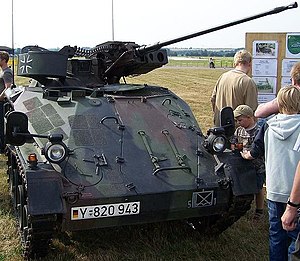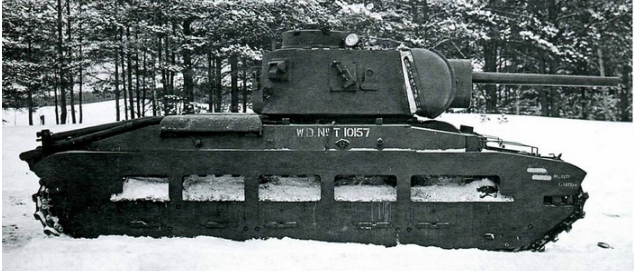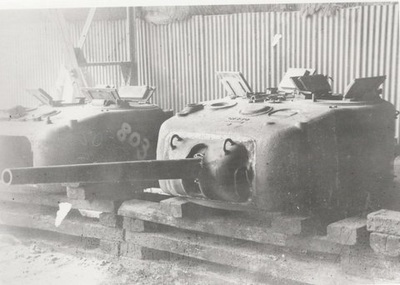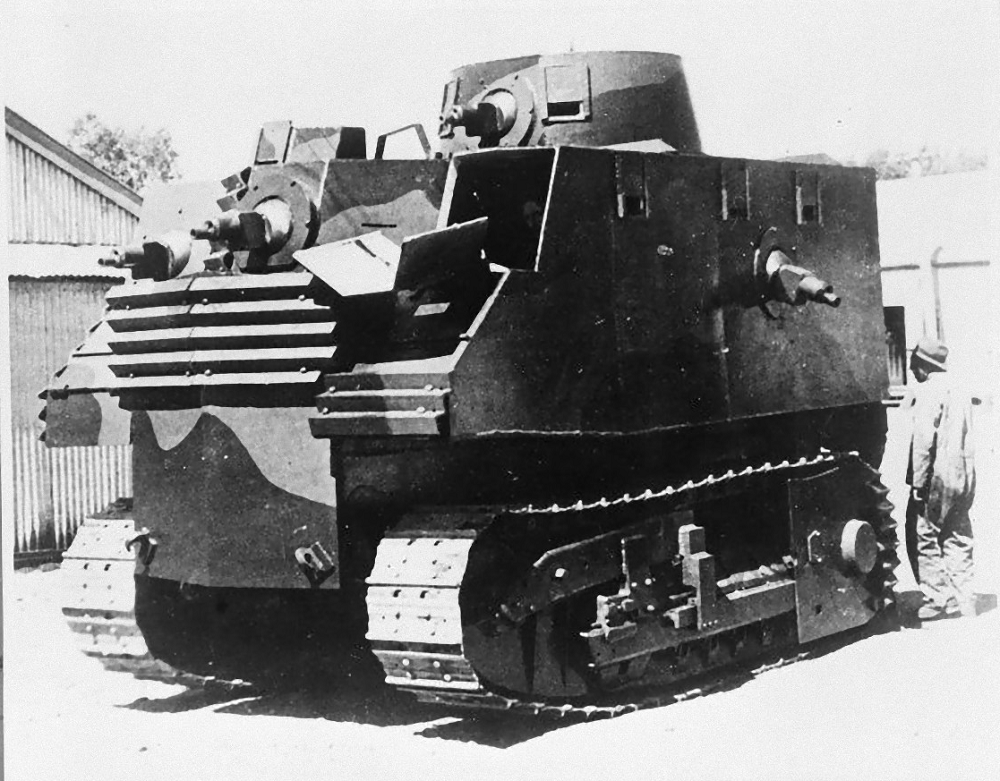Reviewing the direction the thread has headed, the Vickers 6-ton is actually a medium, front-line tank for the 1930's. The British Army was moving toward a cruiser/infantry tank split. The light tanks would be replaced with armored/scout cars for most reconnaissance duties. If anything, the light tank from the interwar period was dying. The world's armies kept buying them because of their low cost, not because of their effectiveness. Combat power started with the smaller mediums; Vickers 6-ton, LT vz. 35 and 38, T-26, M 11/39 and TP-7. Even these tanks were in the process of replacement with larger tanks.
The Japanese were the only power to utilize the lighter tank/tankette types for more than two years after introduction to combat. The Chinese morass was the only useful combat zone for the smaller light tanks. They faced few anti-tank weapons. The Chinese had almost no armored capability. They were very useful against foot mobile light infantry forces.
Thus, the British use as colonial patrol tanks. The British had no practical reason to add anything larger than the BESA 15mm. A 20mm, low-velocity 1 or 2 lbr or a breech loaded mortar may have been useful, but were not necessary. The Vickers light tanks were faster than anything they were likely to face, and armored against rifle fire. Ideally, the British Army should have dropped anything smaller than 12 tons after 1935. Concentrate on Matilda II and Valentine for infantry support, and Cruiser Mark III development for fast tanks. The British would have done better to work on a dual purpose main tank gun and a reliable/powerful tank engine.











